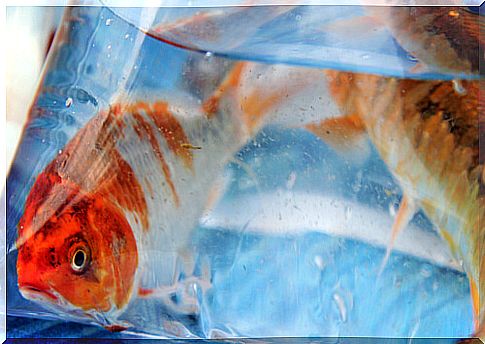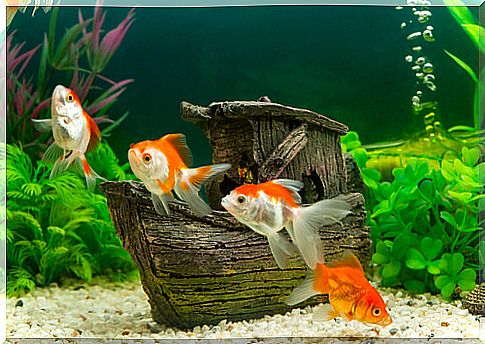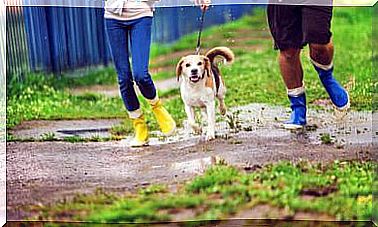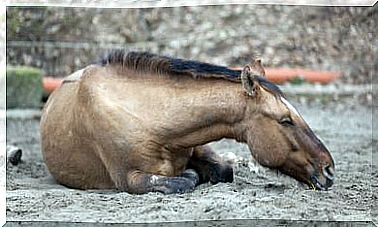Filling An Aquarium For The First Time

Having a fish tank is not putting the water, gravel, and putting the fish in all at once. In fact, the initial process can be much slower than many people imagine. Filling an aquarium for the first time has its peculiarities.
This is a procedure that does not take just one day. If we want our fish to live a good time and acclimatize correctly, the path is much longer, but safe at the same time.
Therefore, here we explain what it is like to fill an aquarium from the beginning and without mistakes.
First is the aquarium, then the fish
Many people think that you have the pet first and then create the right habitat. This can work with dogs, but with aquatic animals it is very different. In fact, the process of filling, acclimating and stabilizing the water takes weeks when done properly.

In principle, the correct thing to do is remove the dust and rinse with water. Then, we can place what would be the substrate basically composed of gravel. This is done before filling an aquarium for the first time.
After this, the initial filling is done, but we will still be a long way from being able to introduce fish into that nascent ecosystem.
How should the water be placed?
At first, we can supply it directly from a hose or tap. At this time, the correct thing is to place cold or natural water, just as it comes from the pipe. To be precise, it is not recommended that the liquid pass through the heater, because these devices have contaminating metals.
After this we will proceed to heat the water with a heating thermostat, and we will also place the filter. In all cases, the correct thing is that the fish does not enter the cold water at once. However, there are tropical species that can only live in environments around 23 and 26 degrees Celsius.
From here, what follows is a series of procedures that have to do with the chemical regulation of water. If our fish enter a balanced tank with controlled indicators, they will have higher life expectancies.
When filling an aquarium for the first time it is important to dechlorinate the water
There will never be a surplus of a substance capable of removing accumulated chlorine. Remember that the water we consume is diluted with this element with the idea of decontaminating it for human use. In the case of fish, the effect is totally opposite.
When we use products that remove chlorine, chloramines and heavy metals that may be diluted in the water are also removed. In the meantime, the ecosystem will continue to settle and later house aquatic pets.
Preparing the environment for your fish can even take 4-6 whole weeks. The more controlled the filling and settlement process, the more livable the ecosystem will be for fish.
Creating a colony of healthy microbes
A clean fish tank is not like a kitchen or a neat floor. For it to be habitable, it must have a colony of nitrifying microbes that can process all the toxic wastes that originate in this controlled environment.
Indeed, whole weeks are allowed to pass to allow the first layers of protective and purifying microorganisms to form. Ammonia appears in the first days, and that is why it is not advisable to introduce pets so quickly.
But from the third or fourth week, nitrate oxide is created, which is responsible for oxidizing ammonia. When this happens, we say that the fish tank is ripe and the fish can enter. To facilitate the whole process, small amounts of fish and natural plant food can be placed from the beginning.

Use measuring instruments
The best way to control is to measure. Therefore, after filling an aquarium for the first time and letting days go by, the right thing to do is to use tests to verify the level of toxicity of the water.
In pet stores there are tests to check the level of nitrate, nitrite and ammonia in an aquarium. The procedure is very simple.
It would also be very useful to measure the pH. Here the important thing is also to know the species of fish that we buy and to study the conditions that are most favorable according to their own composition.








